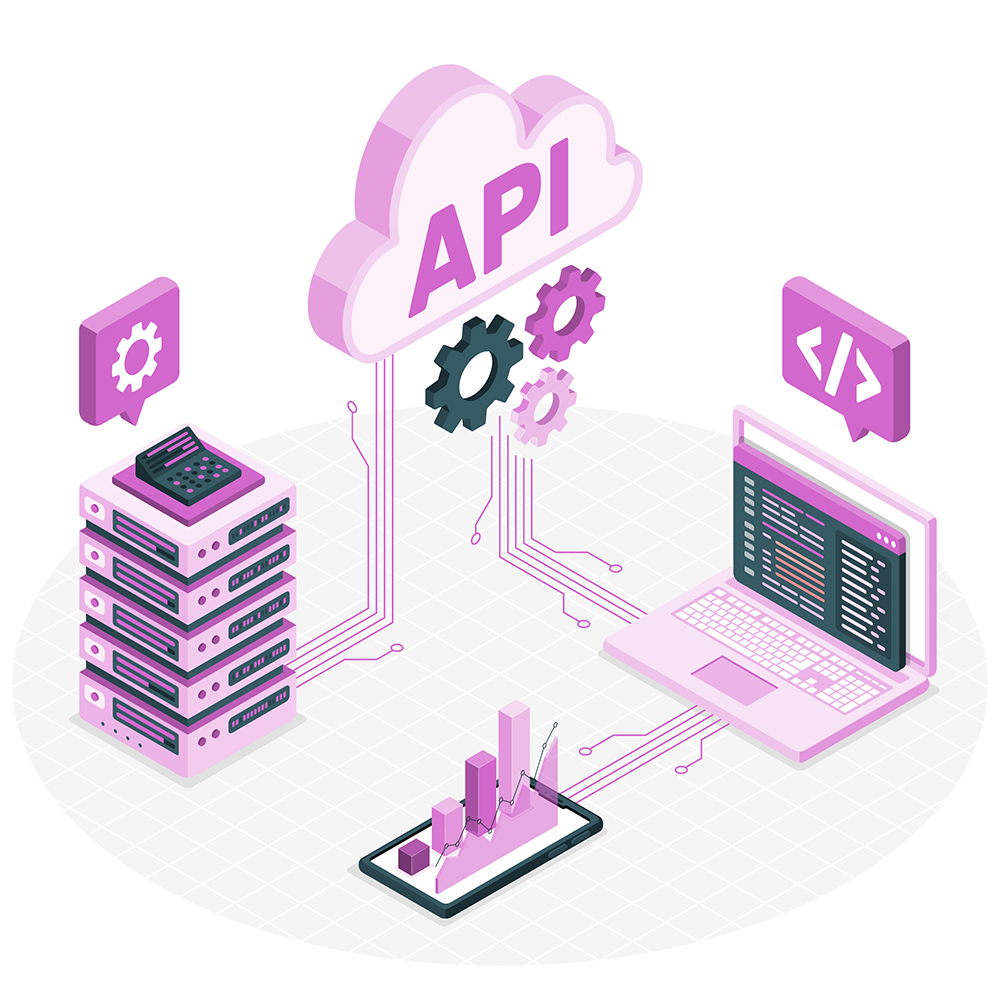MongoDB Database
Learn, Code, Succeed – The IT Way.
Online & Offline Course Classroom
Course Schedule

Learn the theory, principles and practices involved in MongoDB course.
The Introduction to MongoDB course guides you through the foundational skills and knowledge you need to get started with MongoDB. This includes connecting to a MongoDB database, how to conduct simple CRUD operations, and key topics such as aggregation, indexing, data modeling, and transactions.
MongoDB Curriculum.
Explore New Skills, Elevate Your Career.
- What is MongoDB?
- Overview of NoSQL databases
- Differences between NoSQL and SQL databases
- Key features of MongoDB
- Setting up MongoDB
- Installing MongoDB on various operating systems
- Using MongoDB Atlas for cloud-based MongoDB
- MongoDB Basics
- Introduction to collections and documents
- MongoDB Data Model: BSON format (Binary JSON)
- CRUD Operations Overview
- MongoDB Components
- Database, Collections, and Documents
- Primary and Secondary Nodes
- Replica Sets and Sharding
- MongoDB Storage Engine
- WiredTiger Storage Engine
- Data Replication & Consistency
- Performance Optimization
- Designing Data Models
- One-to-many, Many-to-many, and One-to-one relationships
- Embedding vs Referencing Documents
- Schema Design Best Practices
- Denormalization vs Normalization
- Indexing and Optimizing Queries
- Handling Large Data Sets
- Data Scaling Strategies
- Working with Big Data in MongoDB
- Create Operations
- Inserting Documents
- Bulk Inserts
- Read Operations
- Querying Data with
find() - Projections and Filtering
- Sorting, Pagination, and Limiting Results
- Querying Data with
- Update Operations
- Updating Documents using
update()andupdateOne() - Using
upsert()and $set operators - Bulk Updates
- Updating Documents using
- Delete Operations
- Deleting Documents using
delete() - Bulk Deletion Techniques
- Deleting Documents using
- Introduction to Indexing
- Importance of Indexes for Performance
- Types of Indexes: Single Field, Compound, Geospatial, Text, and Hashed Indexes
- Creating and Managing Indexes
- Creating Indexes with
createIndex() - Drop and List Indexes
- Creating Indexes with
- Performance Tuning with Indexes
- Analyzing Query Performance
- Using the
explain()method
- Introduction to Aggregation
- What is Aggregation?
- MongoDB Aggregation Pipeline Basics
- Stages in Aggregation
$match,$group,$sort,$limit,$project,$unwind- Data transformation with aggregation operators
- Complex Aggregations
- Aggregating Nested Data
- Using
$lookupfor joins - Performance Considerations in Aggregation
- Introduction to Aggregation
CSS in React
- Using external CSS, inline styles, and CSS modules.
Styled Components
- Styling components using
styled-componentslibrary. - Theming and dynamic styling in React.
- Styling components using
CSS Frameworks (optional)
- Integrating popular frameworks like Bootstrap or Material-UI in React.
- Replication and High Availability
- What is Replication in MongoDB?
- Setting up Replica Sets
- Failover and Election Process
- Sharding in MongoDB
- Horizontal Scaling with Sharding
- Configuring Shards, Chunking, and Balancing Data
- Transactions in MongoDB
- Multi-Document Transactions
- Using Transactions with ACID Properties
- Replication and High Availability
- Using MongoDB with Node.js
- Connecting MongoDB with Node.js
- Using the MongoDB Node.js Driver
- Building REST APIs with Express and MongoDB
- MongoDB in Python
- Using
PyMongowith Python - Querying and Performing CRUD Operations
- Using
- Using MongoDB with Node.js
- Monitoring MongoDB Performance
- Tools like MongoDB Atlas,
mongostat, andmongotop - Monitoring Server Health and Queries
- Tools like MongoDB Atlas,
- Optimizing Queries
- Query Profiling and Index Optimization
- Caching Techniques
- Scaling MongoDB
- Horizontal vs Vertical Scaling
- Replica Sets vs Sharding
- Monitoring MongoDB Performance
- Data Modeling Best Practices
- Optimizing Schema for Performance
- Choosing the Right Indexes
- Handling Large Datasets
- Sharding Best Practices
- Aggregation Optimization Techniques
- Backup & Restore Strategies
- Regular Backups and Data Recovery

